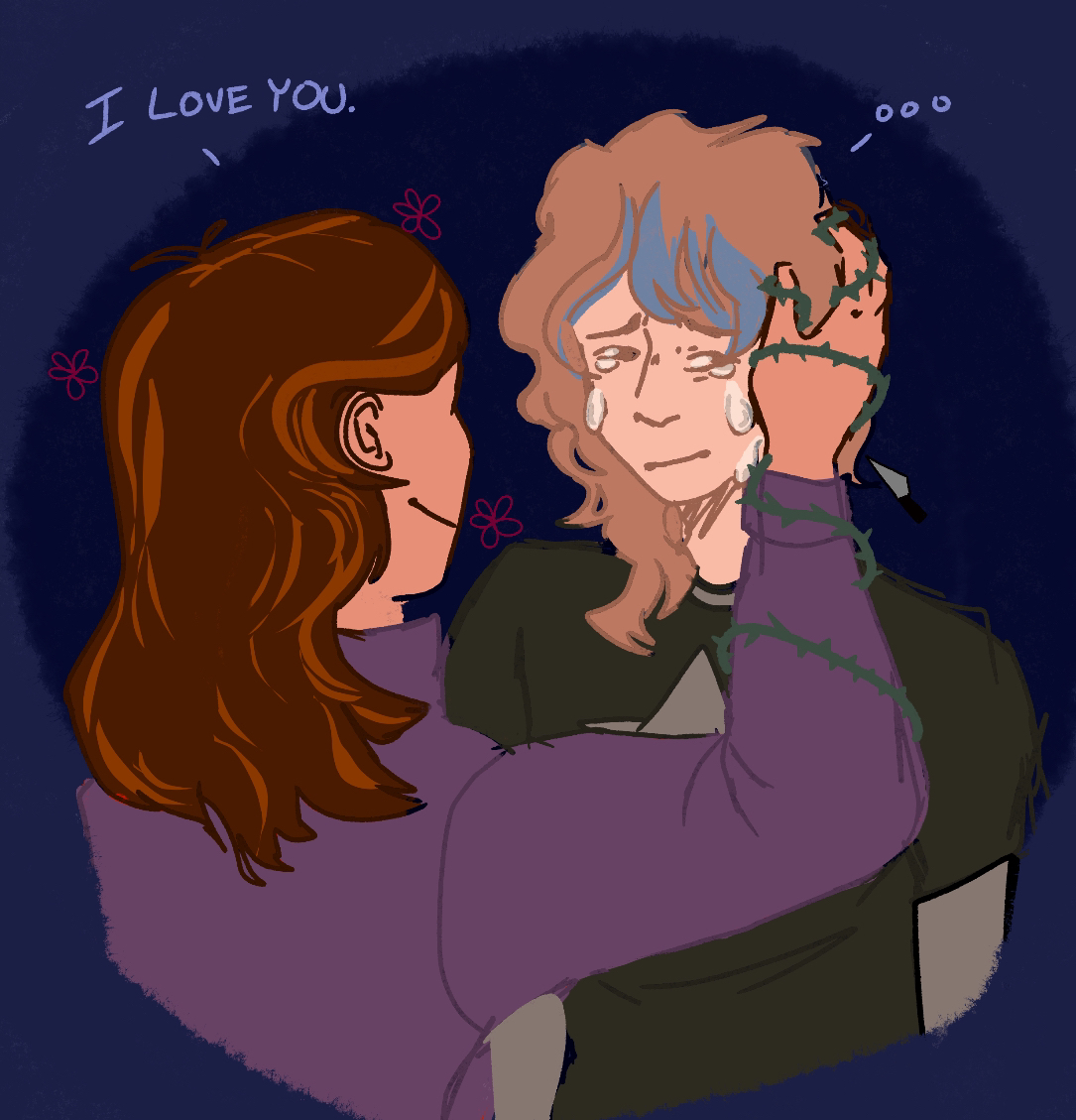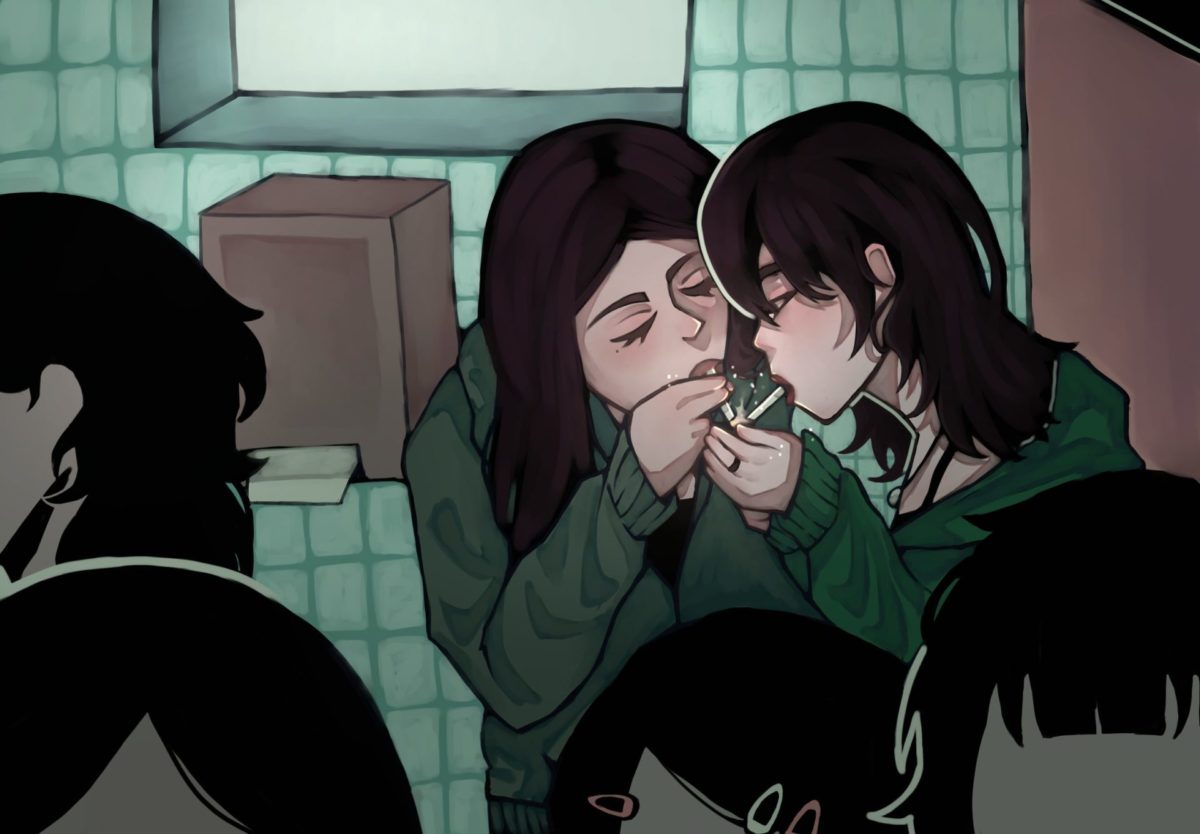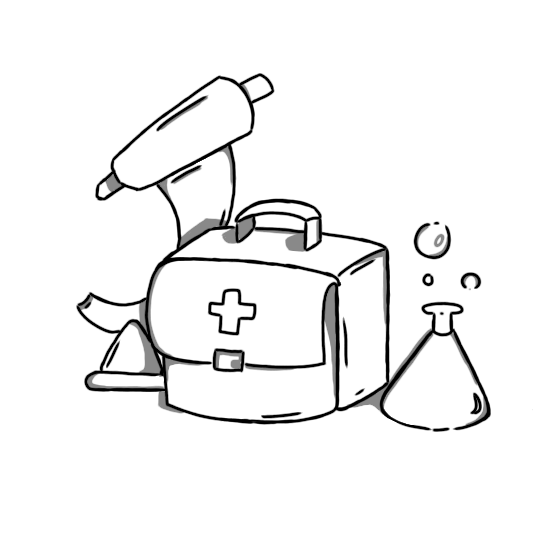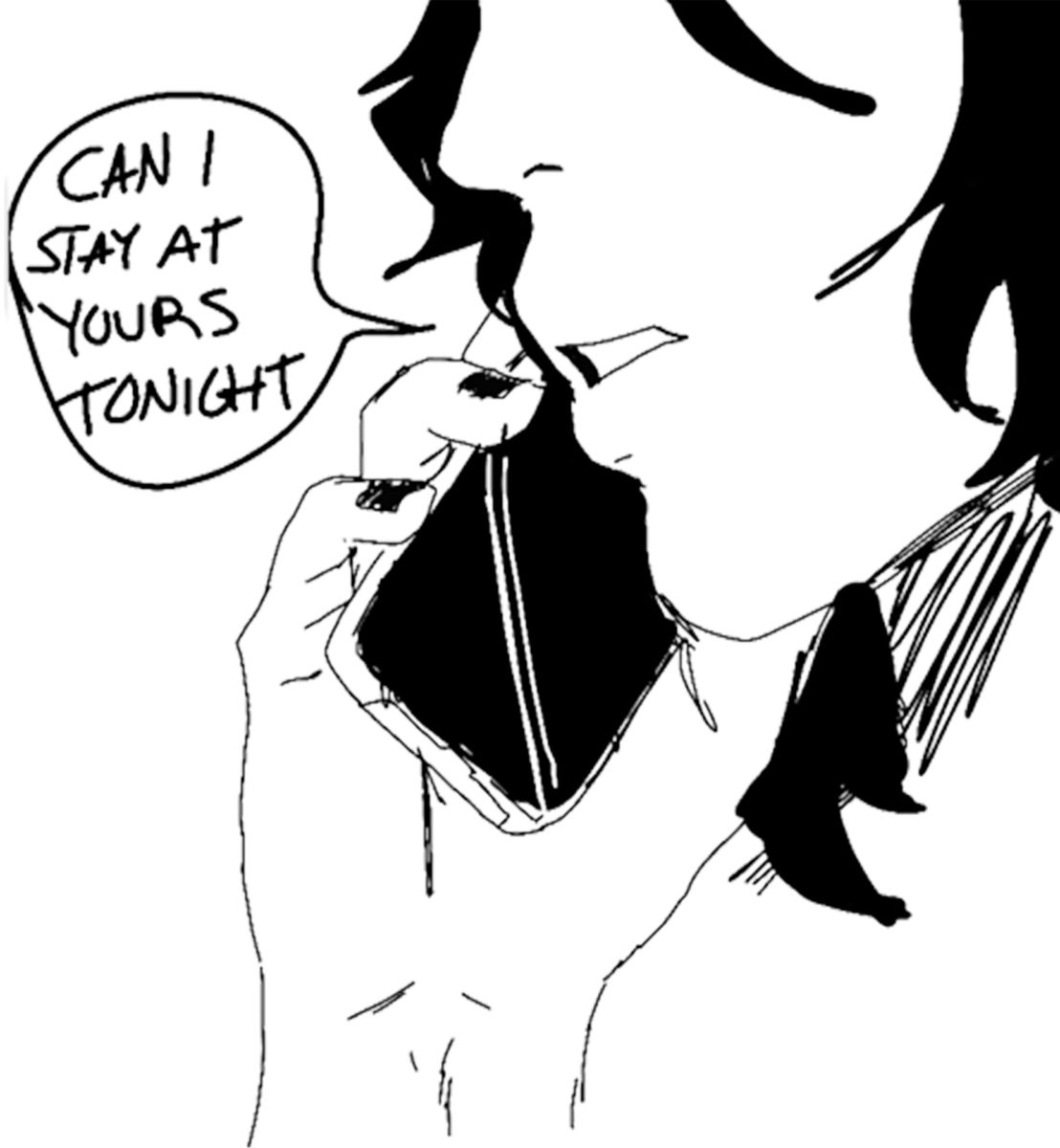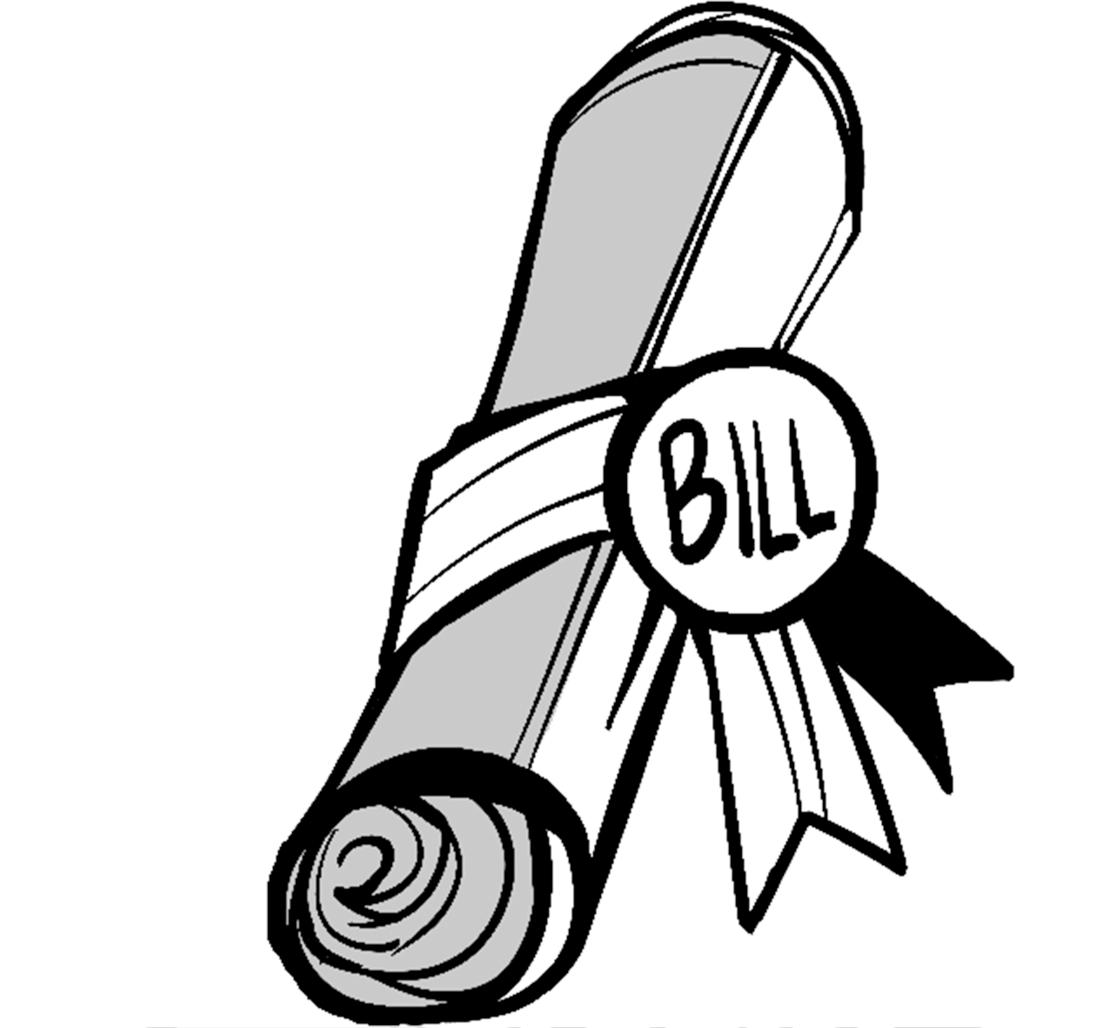As the name suggests, Seasonal Affective Disorder, also commonly known as SAD, is a form of recurring depression that occurs around the same time every year. SAD which is categorized as a mental disorder is believed to affect people who react adversely to the colder weather and decreasing amounts of sunlight as the fall and winter months approach.
A person with SAD usually starts the cycle in the fall or winter and ends the cycle of depression in spring or early summer. There is also a rare form of SAD known as “summer depression” that begins in late spring to early summer and ends in the fall.
Some symptoms that may indicate a person is affected with SAD include fatigue, diminished energy, an increase in appetite, difficulty in concentration, depression, and social withdrawal. Although a definite cause of SAD is not known, hormone regulation, availability of light, and body temperature are factors that are thought to be related to the depression.
More common among people who live in high latitudes where seasonal changes are more extreme, ten to twenty percent of the U.S. population suffers from a mild form of “winter blues” and approximately four to six percent suffer from SAD. While older adults are less likely to suffer from SAD, people in their 20’s, 30’s, or 40’s are more prone to SAD and children and teenagers are also possible sufferers of SAD, although it is not common.
As with most cases of different forms of depression, SAD is more prevalent in women than men. Light therapy (also known as phototherapy, it takes the form of commercially available light boxes, which are to be used 30 minutes daily), antidepressant medicine, or simply spending time outdoors during daylight are some ways that SAD can be treated; however, for most people SAD symptoms will go away on their own with the change of seasons.
If an individual is looking for ways to prevent SAD, they could try spending some time outdoors every day, begin the use of a light box during the fall season, seek professional counseling before the winter months if needed, exercising, or eat a well-balanced diet. SAD, in worse cases, can sometimes progress to a major depressive syndrome so it is important to visit a mental health care professional and seek help if an individual is experiencing a severe case of SAD.






